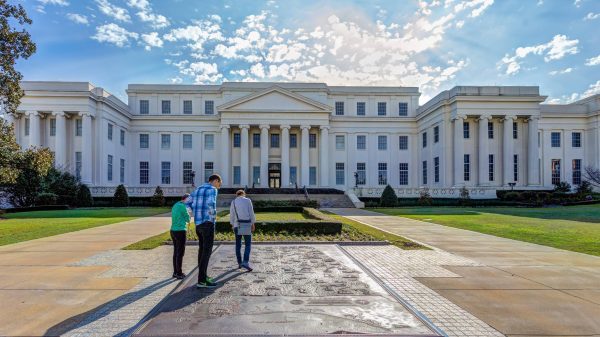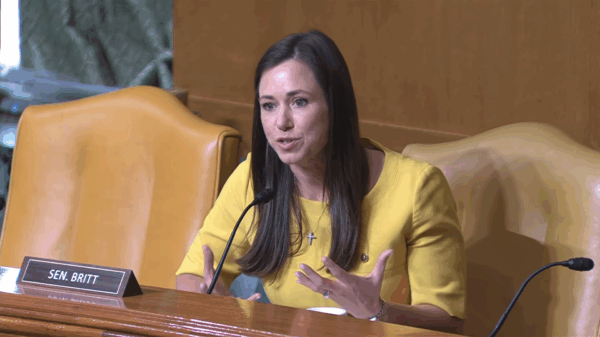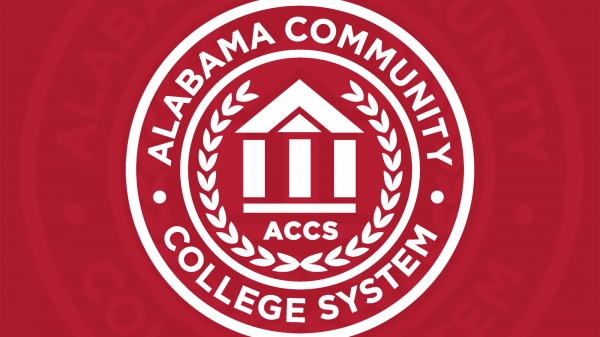Alabama’s public universities and community colleges are requesting substantial increases in state funding for fiscal year 2027, citing rising operational costs, deferred maintenance and investments in technology and student support.
Officials emphasized recurring priorities, including faculty and staff salaries, student affordability, dual enrollment expansion, and modernization of IT systems.
Dana Keith, senior vice chancellor for finance and administration at the University of Alabama System, said the three universities in the system collectively report a fall 2025 enrollment exceeding 71,500 students.
State appropriations account for 22 percent of projected revenues, while tuition represents 26 percent and grants and contracts make up two percent. The system’s total proposed increase in operations and maintenance funding is $73 million, representing a 10 percent rise over FY2026. Keefe noted, “Only 57 percent [of FY2025 funding increases] was retained, primarily due to a substantial increase in PEEHIP contributions,” highlighting the growing cost pressures from mandatory employer contributions to the Teachers’ Retirement System.
At the University of Alabama at Birmingham, officials are requesting a 10 percent increase in state appropriations, amounting to $42 million. The funds would partially support a proposed three percent merit increase for faculty and staff, additional scholarship funding to recruit in-state students and projected increases in health insurance, TRS and merit contributions were estimated to cost between $32 million and $35 million. Rising property, cyber insurance and software licensing costs are also expected to add roughly $4 million in operational expenses.
The University of Alabama in Huntsville is requesting a 10 percent increase in state funding, totaling $16.6 million. Officials said the university needs at least a three percent merit pool for faculty and staff, which costs about $1.1 million per percent. They also project $1.7 million in increased employee contributions for health insurance and TRS.
UAH is planning major IT upgrades, including a transition to a cloud-based enterprise resource planning system at an estimated $6 million in recurring costs, as well as $4 million to replace aging network equipment. Officials also noted a need to expand tuition discounts by $1 million to help attract and retain students.
The University of Alabama is requesting a 10 percent increase in state appropriations, totaling $51.5 million. Funds are earmarked for faculty and staff merit increases, student support, increased graduate stipends and the continuation of the Capstone Experience redesign in general education. The university is also preparing for recurring costs of IT modernization, utility increases, and other fixed costs, including software licensing and subscriptions.
The Alabama Community College System is requesting a 24 percent increase in state funding, from $598.41 million in FY2026 to $741.2 million in FY2027. Most of the increase is related to operations and maintenance, like support for a growing dual enrollment program that expanded from approximately 20,000 students in 2021 to 36,000 in 2024. Other requests include increased funding for workforce training, adult education, industry certification programs, special populations training and new initiatives in cybersecurity and artificial intelligence.
“The majority of their increases in dual enrollment and operations and maintenance are related to inflationary costs and the need to support a growing student population,” said Dr. Jim Hood, deputy director at ACHE.
Officials at ACHE inquired about the appropriations cap of 5.75 percent for the base appropriations during the 2027 fiscal year. Keith said that employee benefits eat away at the funds that could go toward operations.
“When you continue to drop that cap down, it does kind of strangle the operations and almost forces your hand to increase tuition in order to help offset your recurring costs. So we would love to see that cap go away,” said Keith.
ACHE itself will be requesting $87.6 million for the 2027 fiscal year, which is a 25 percent decrease from its fiscal year 2026 appropriation. This will look like a $2.4 million increase in funds requested. Almost 75 percent of this funding will go towards student financial aid programs, and the remaining funds will be focused on Alabama’s in-state talent pipeline.
State leaders reviewing the budget requests will weigh these needs against broader fiscal priorities, as institutions work to serve tens of thousands of students while sustaining academic and workforce programs.





















































